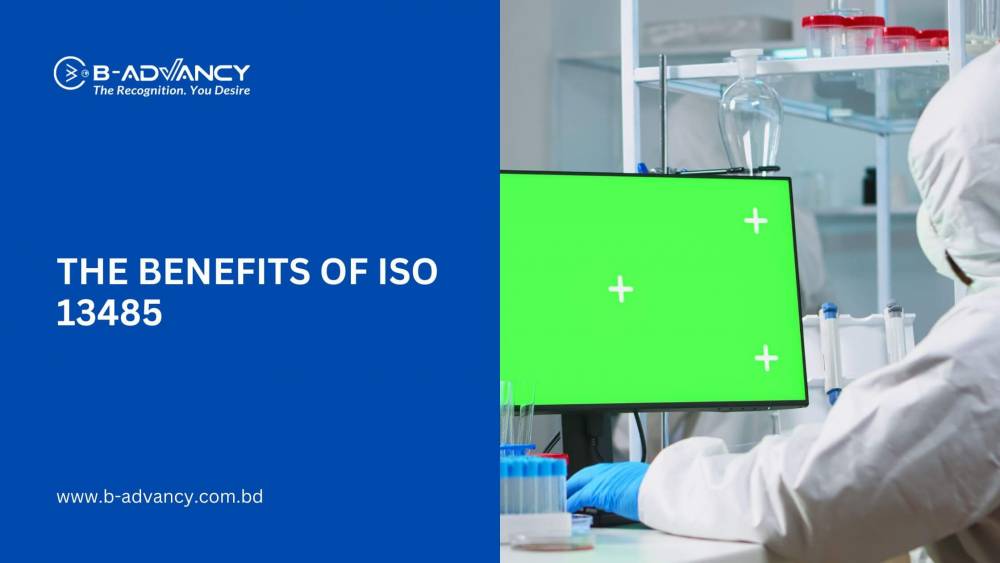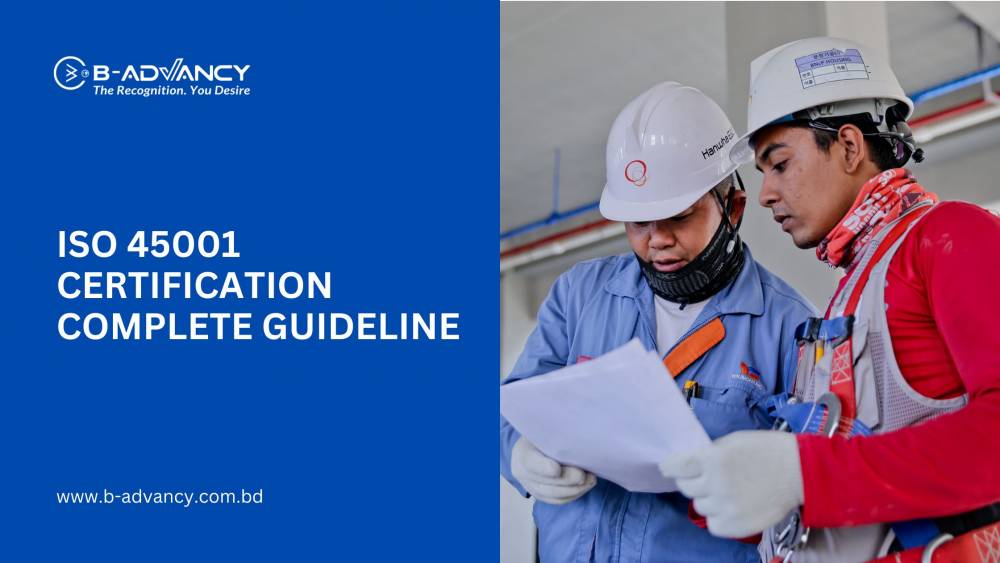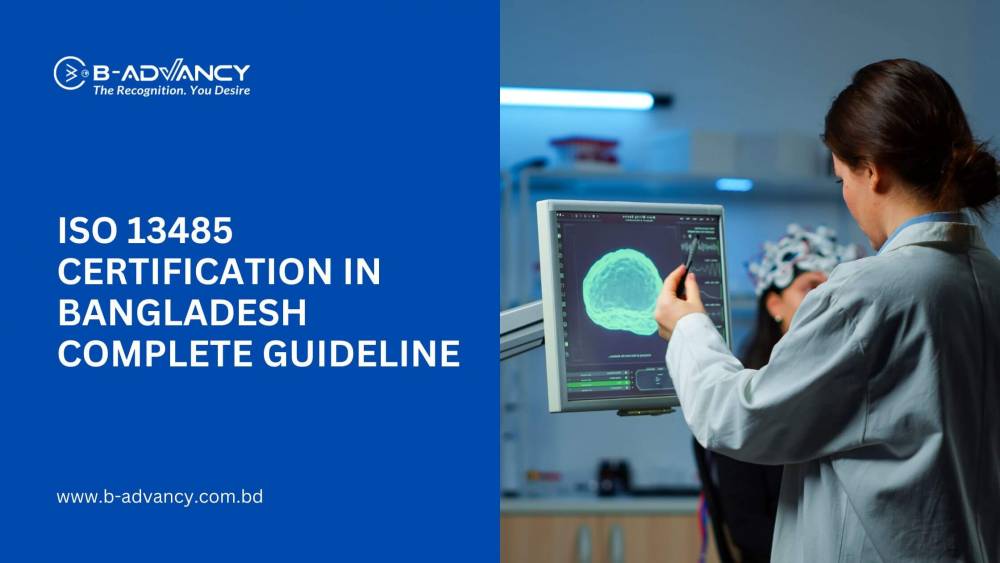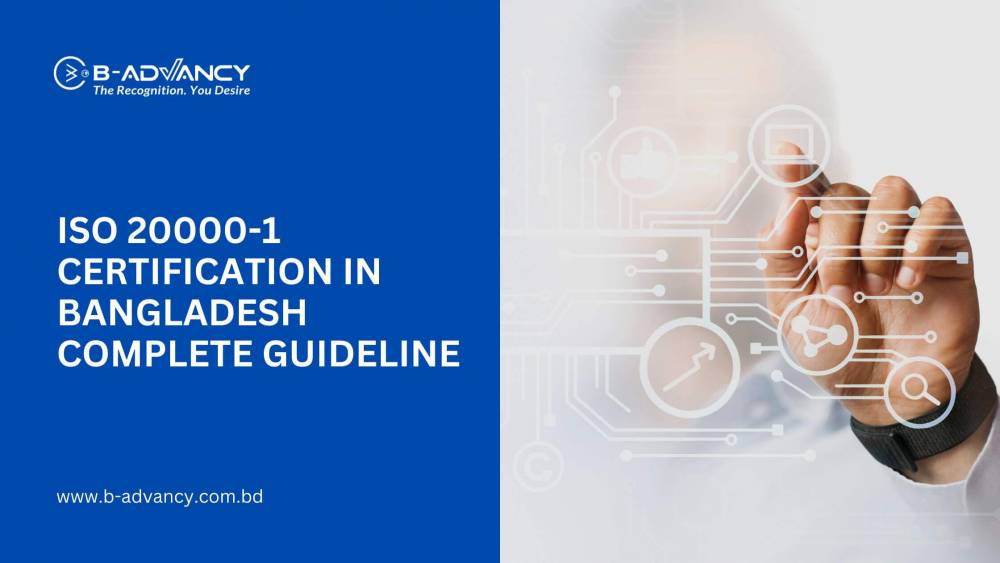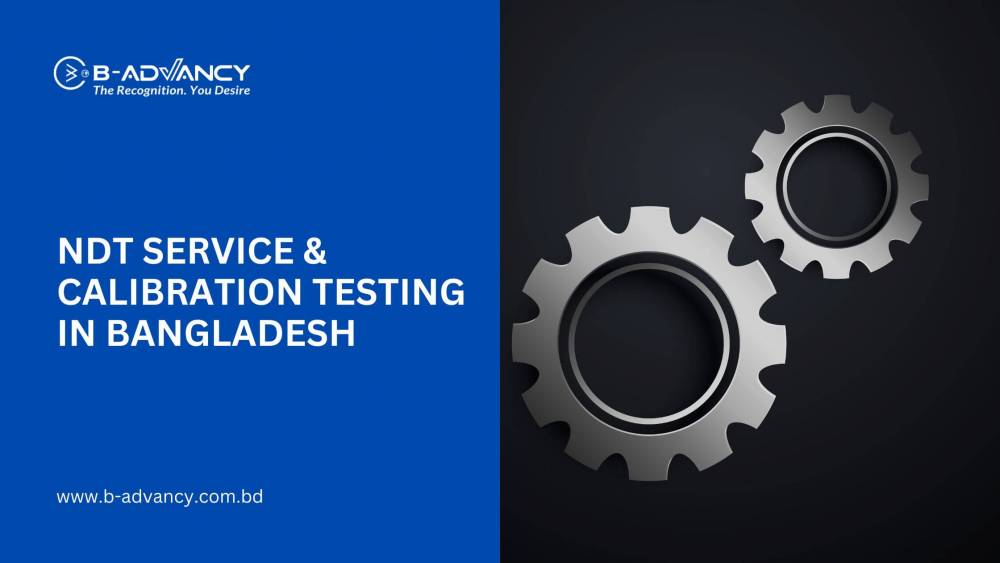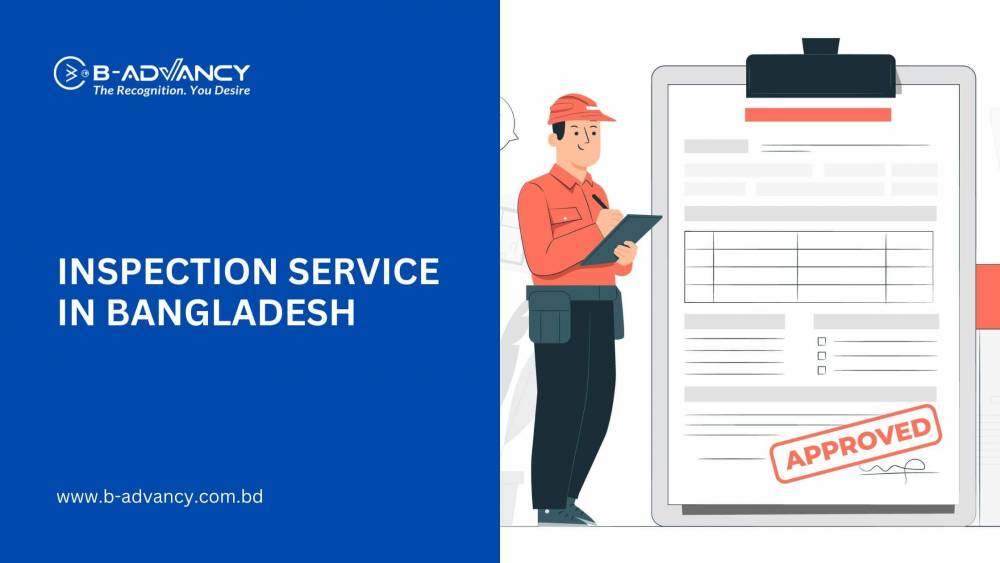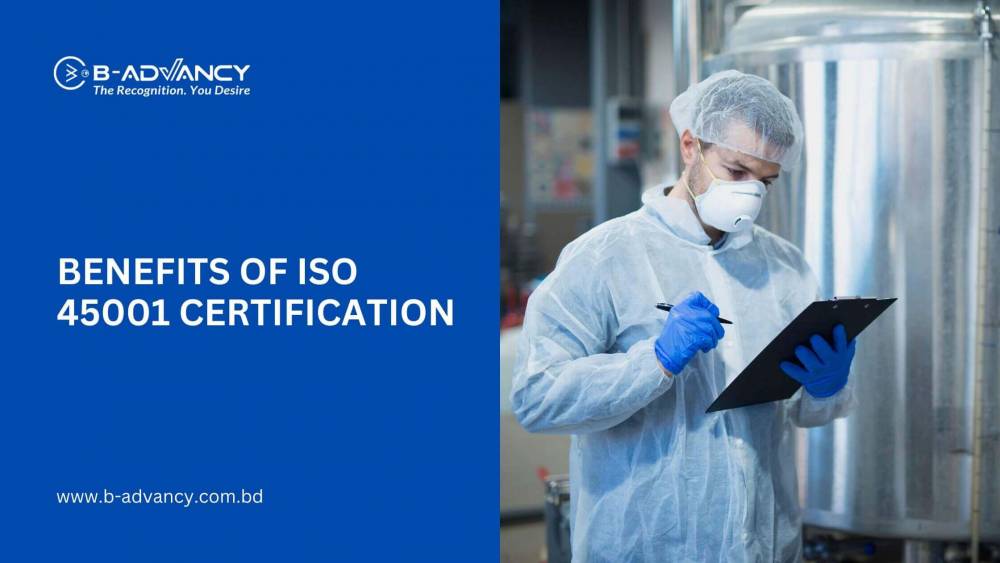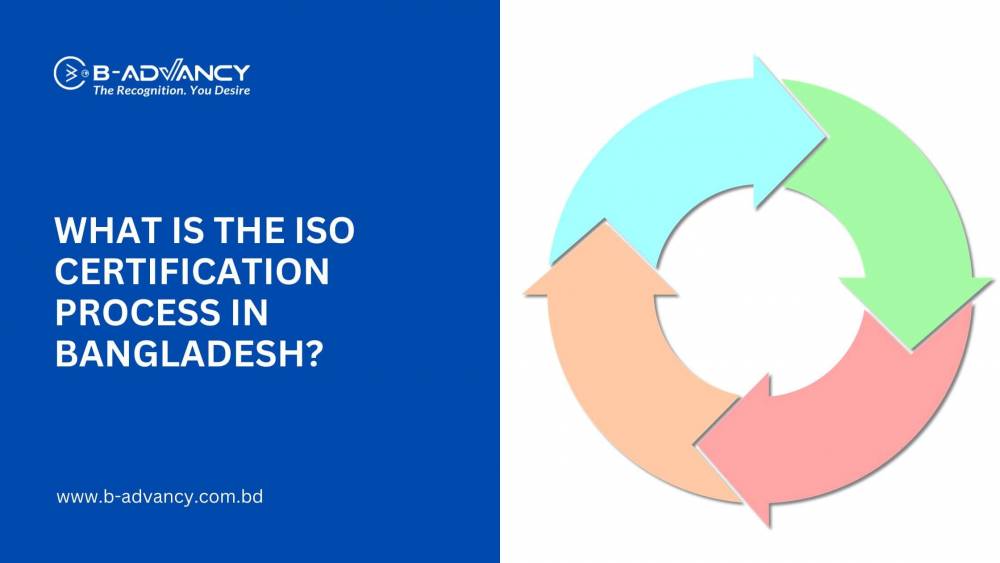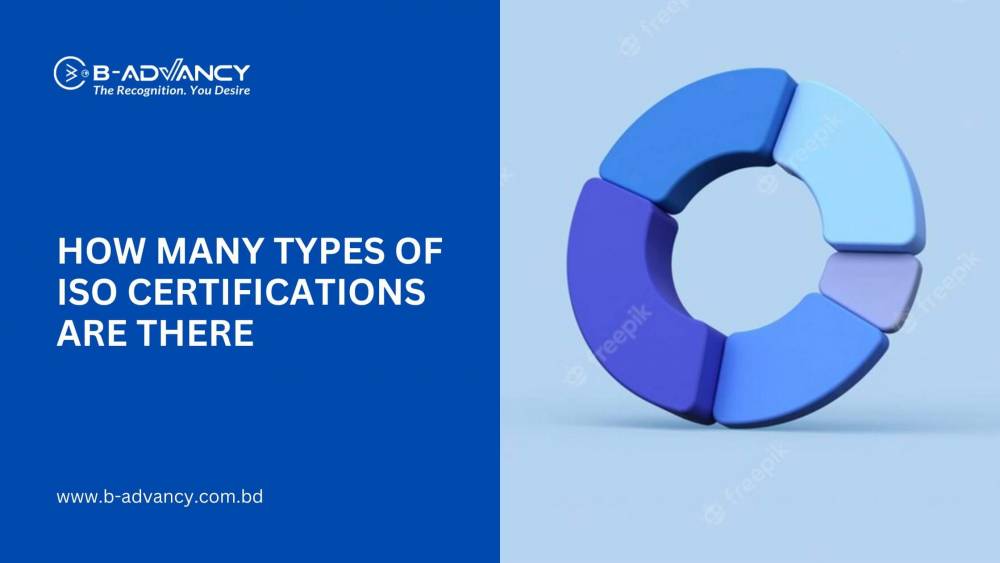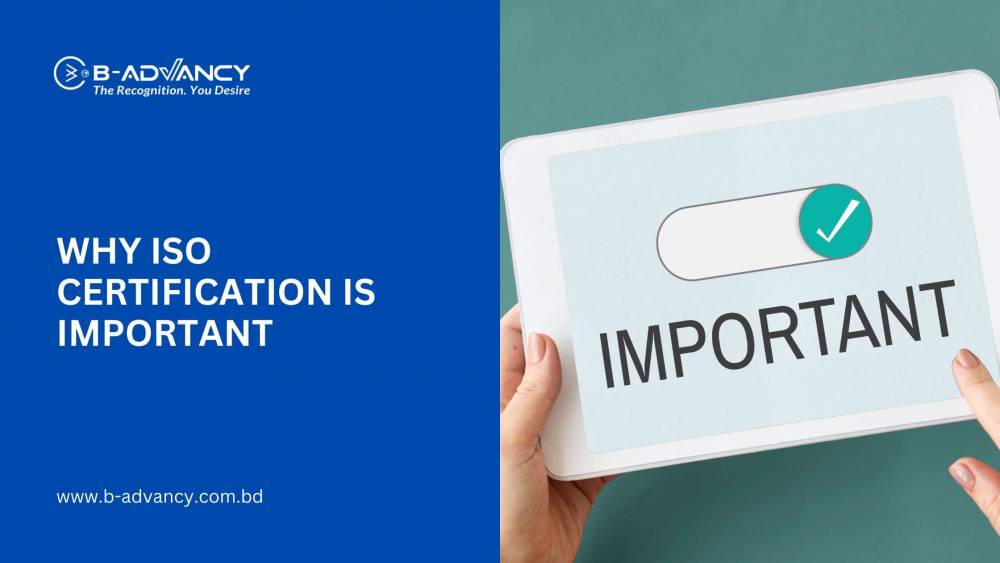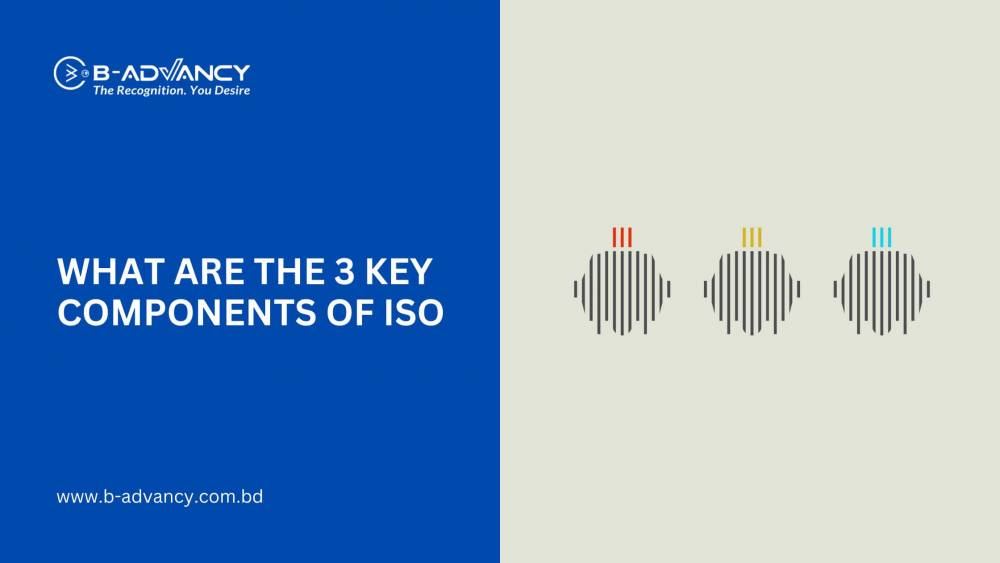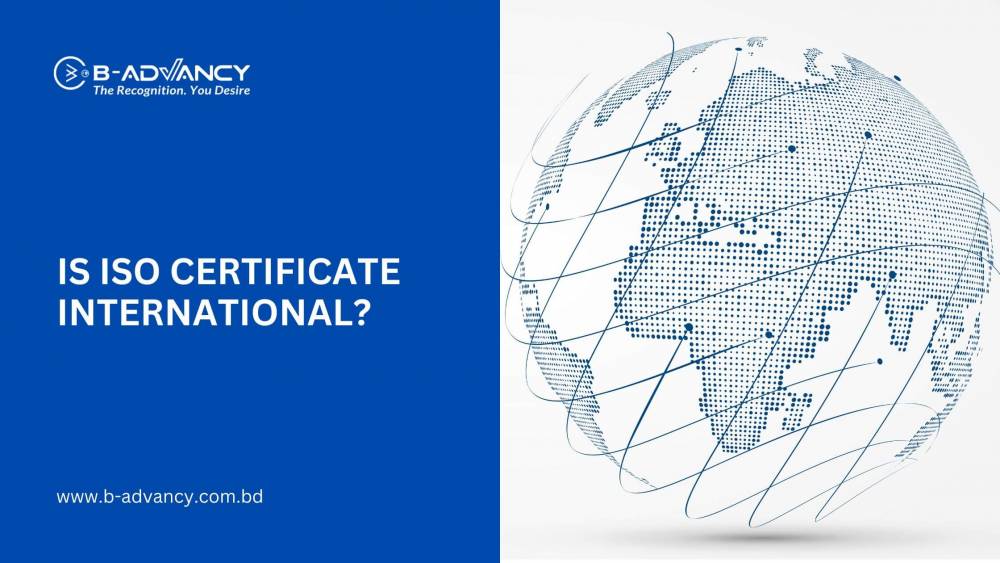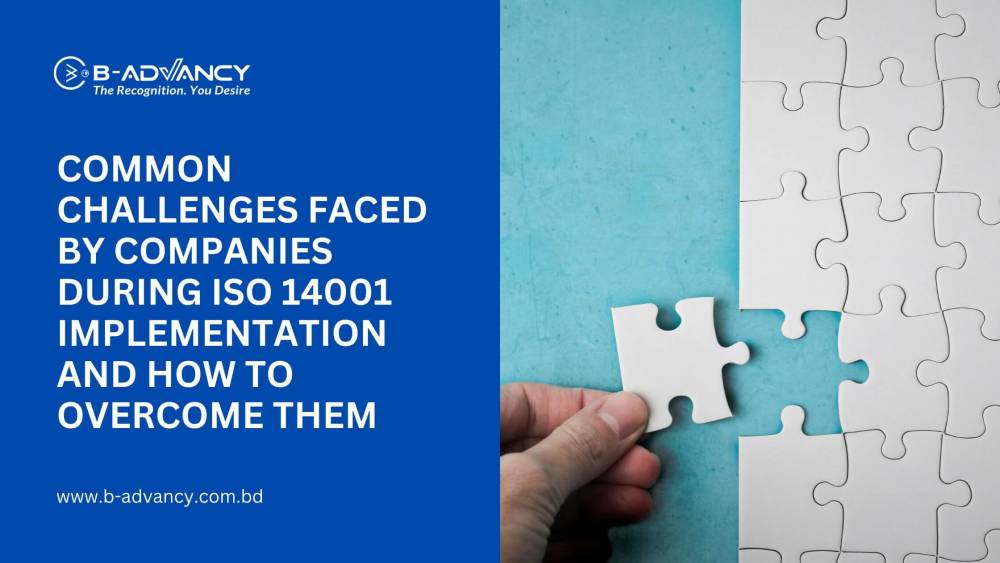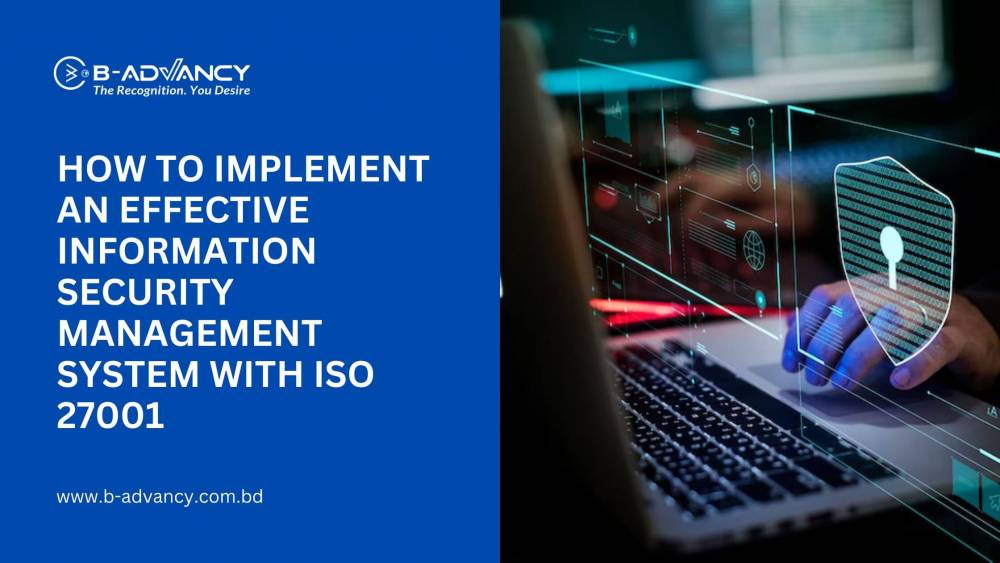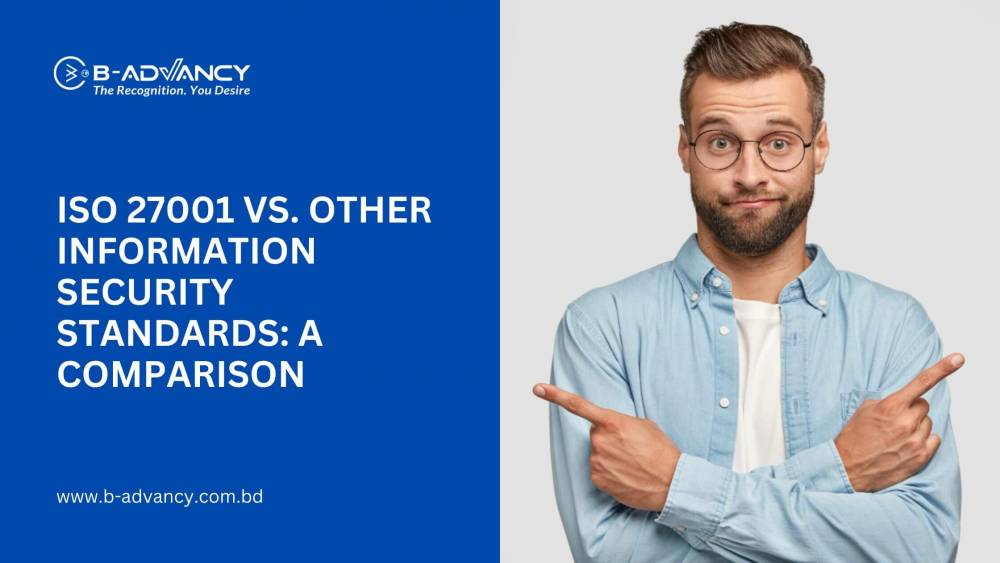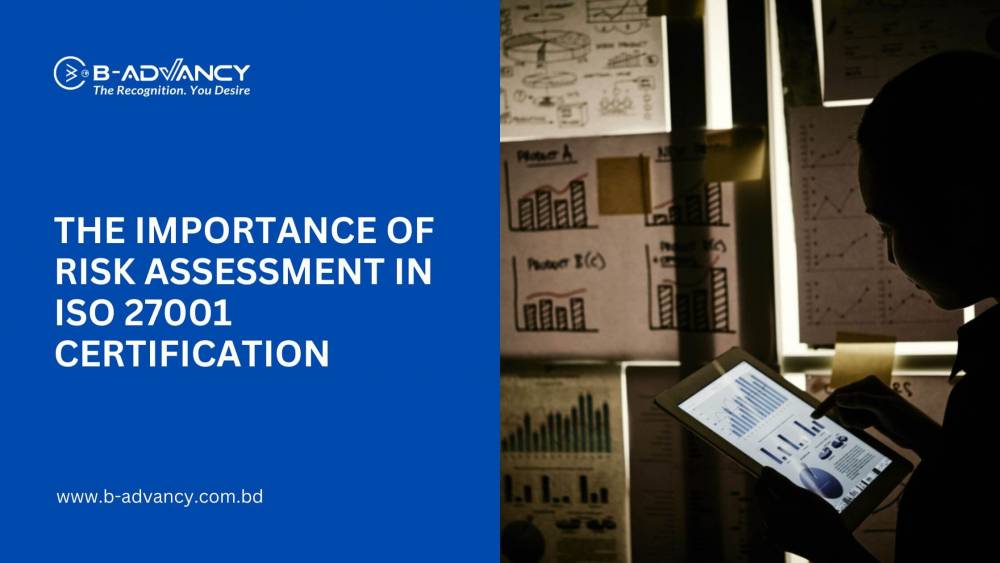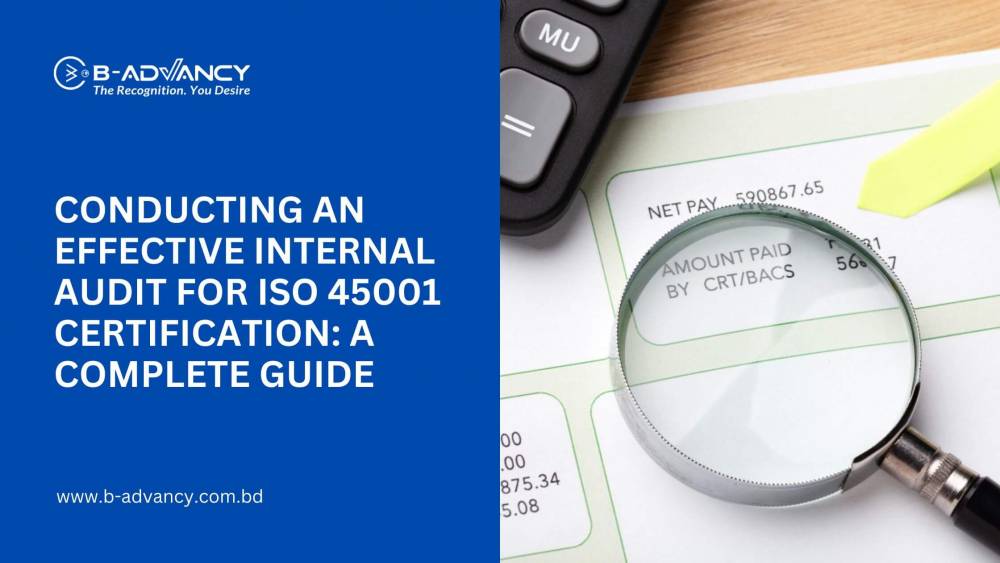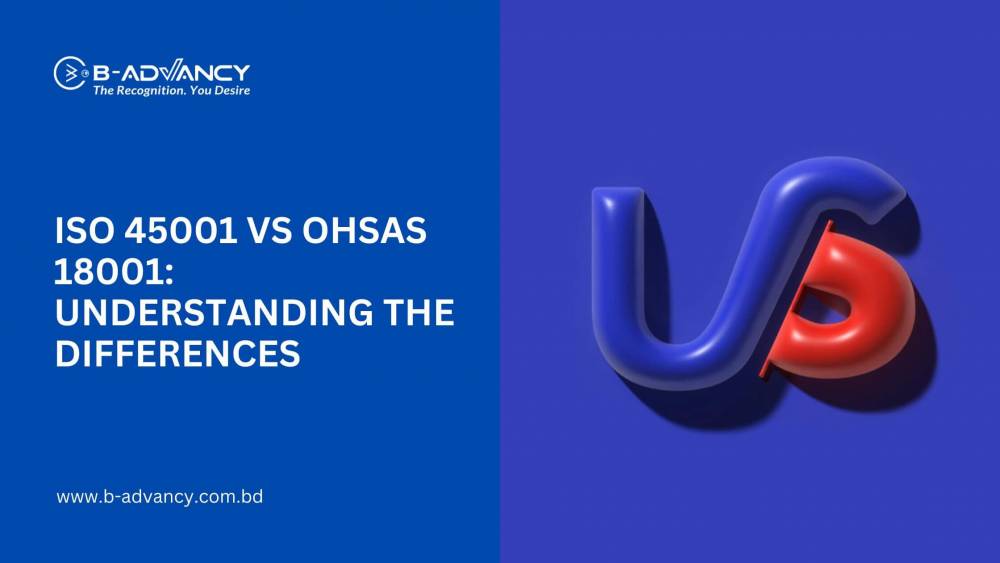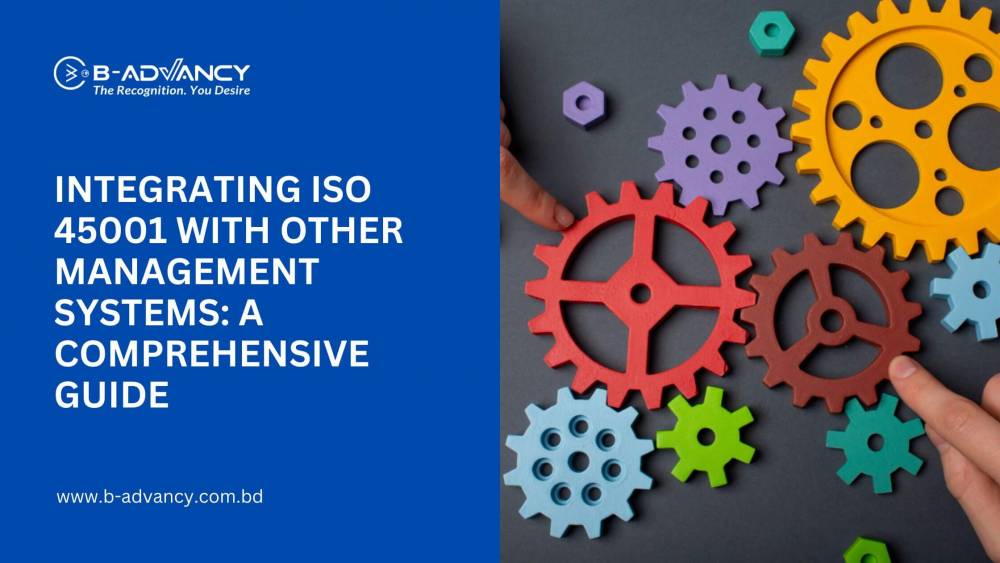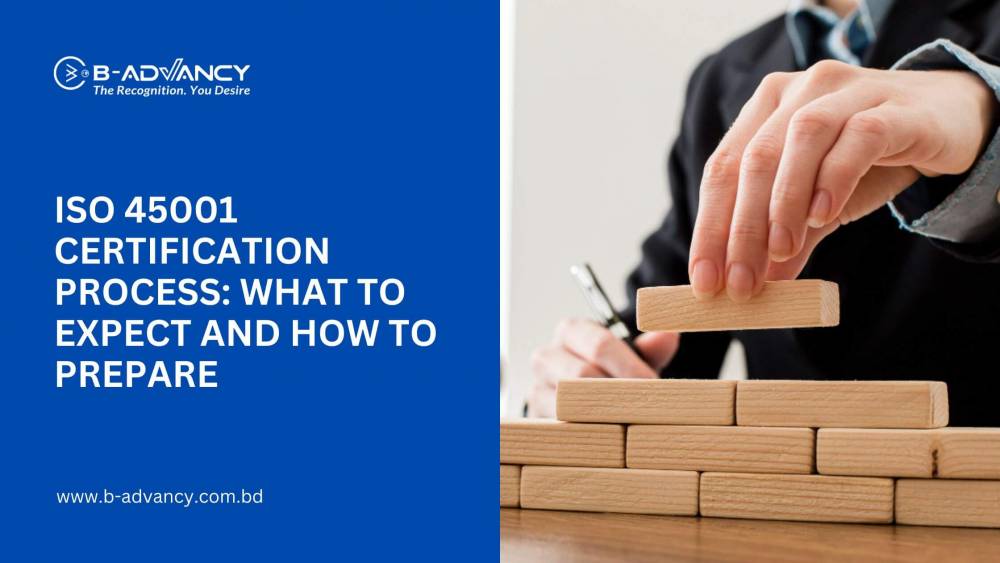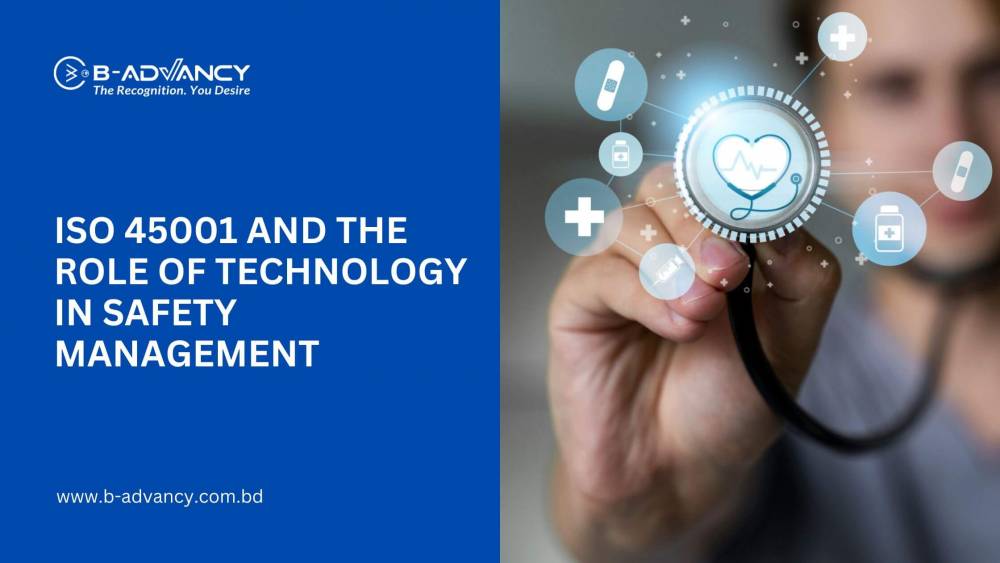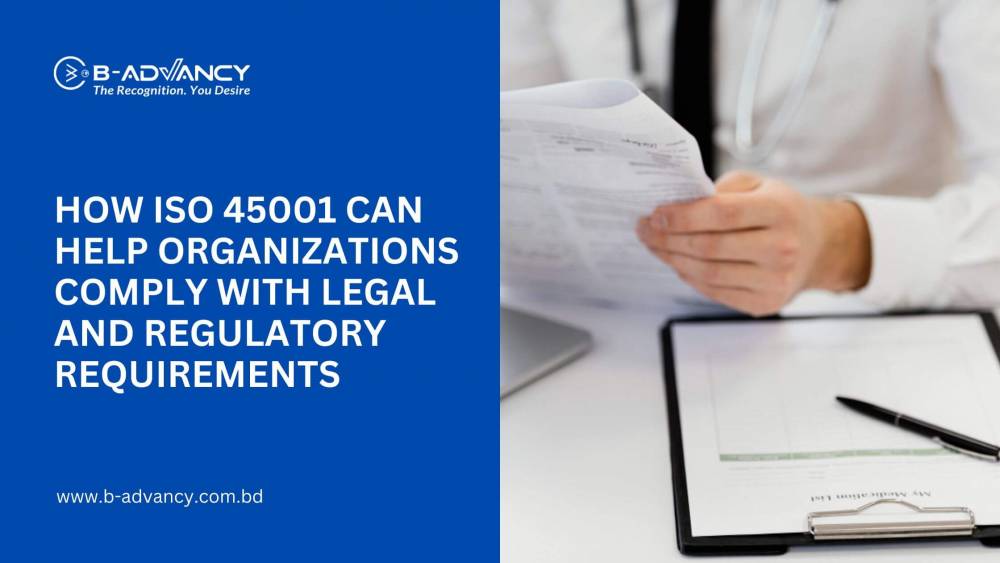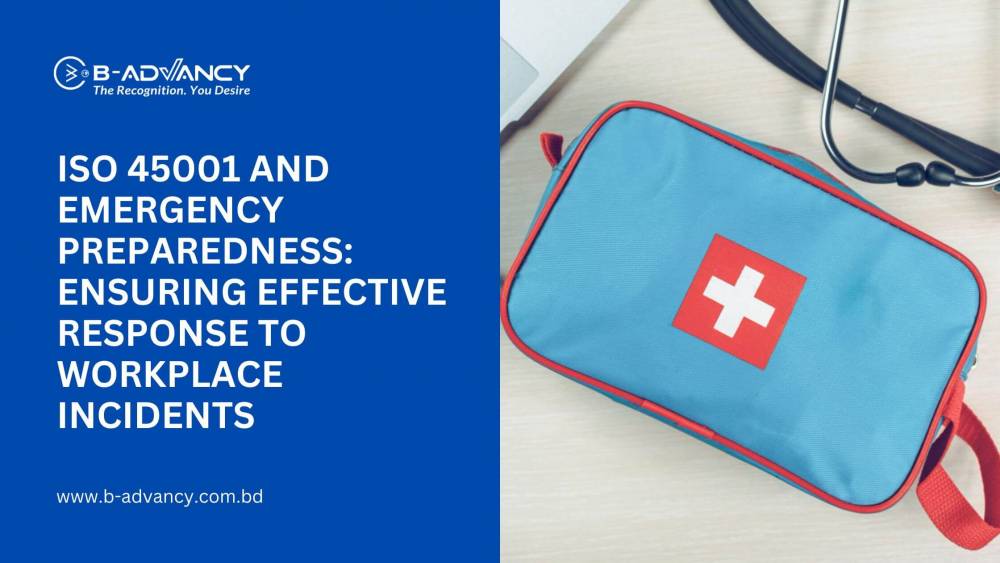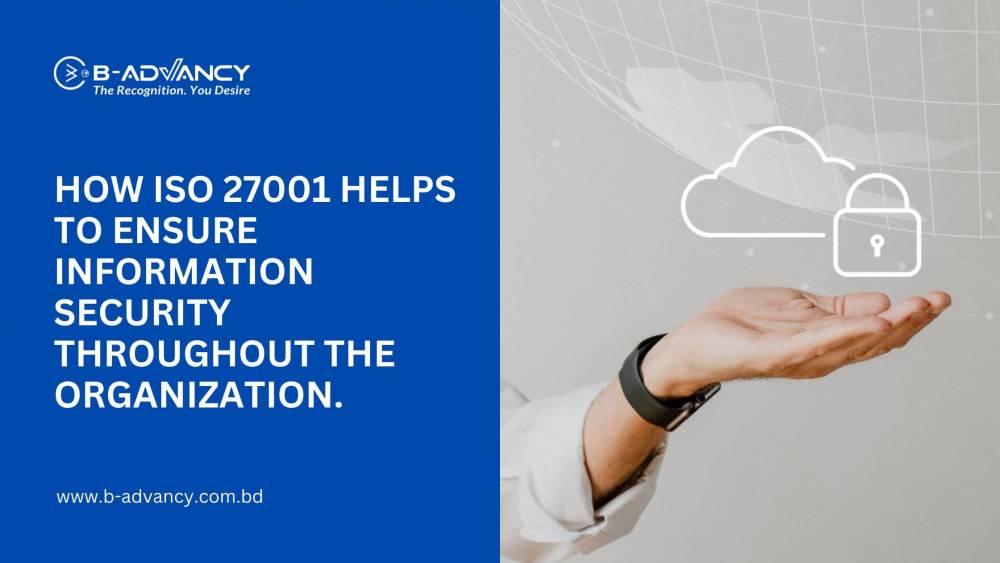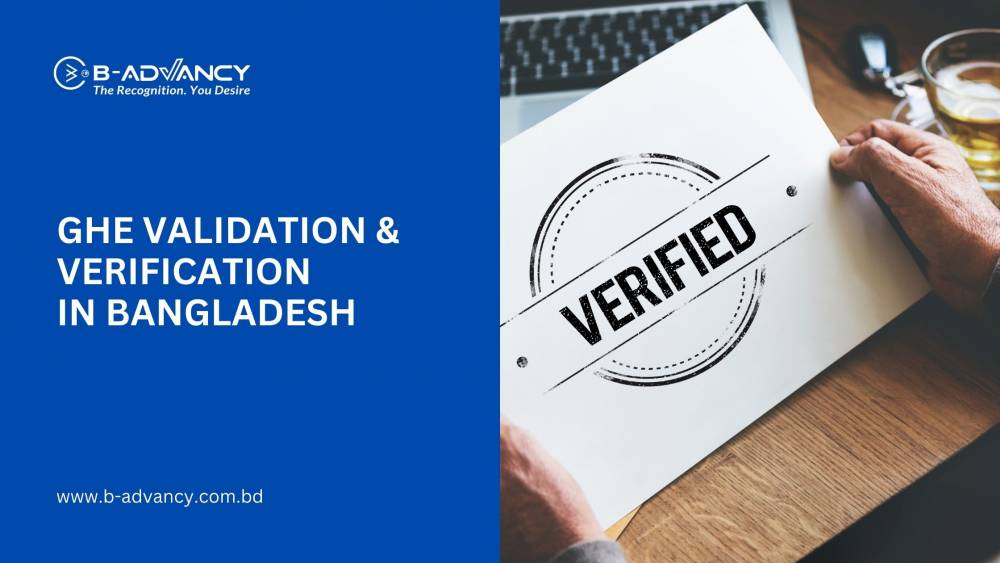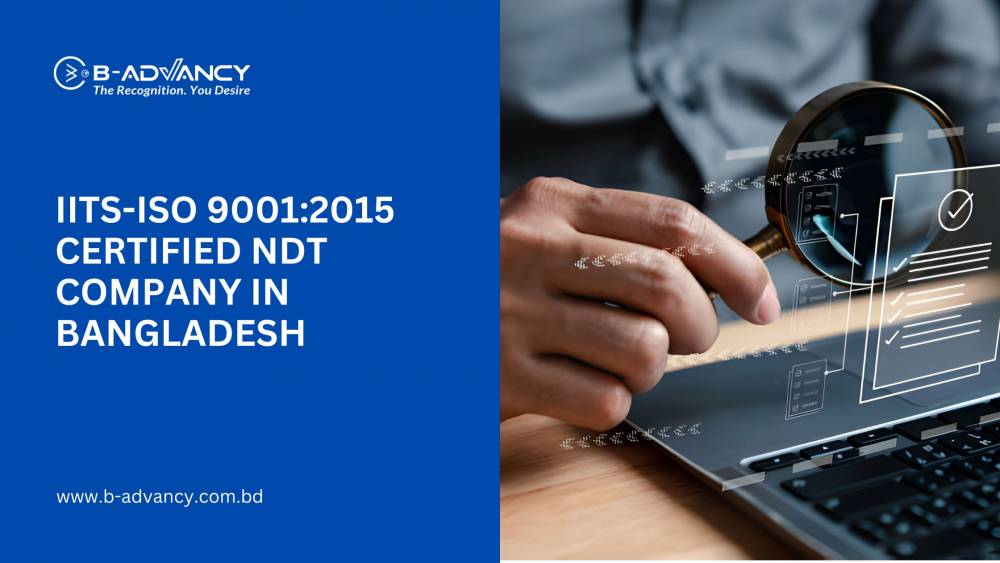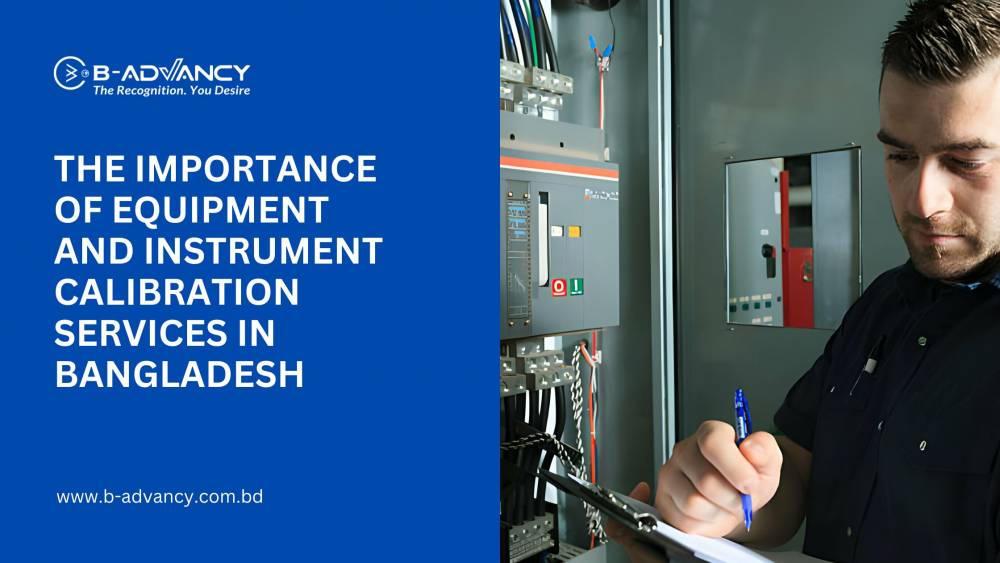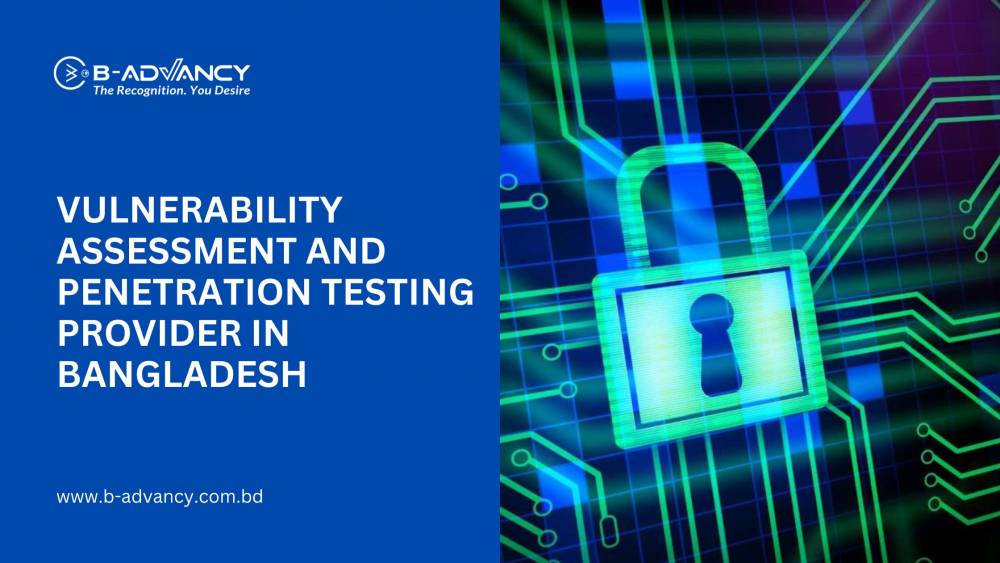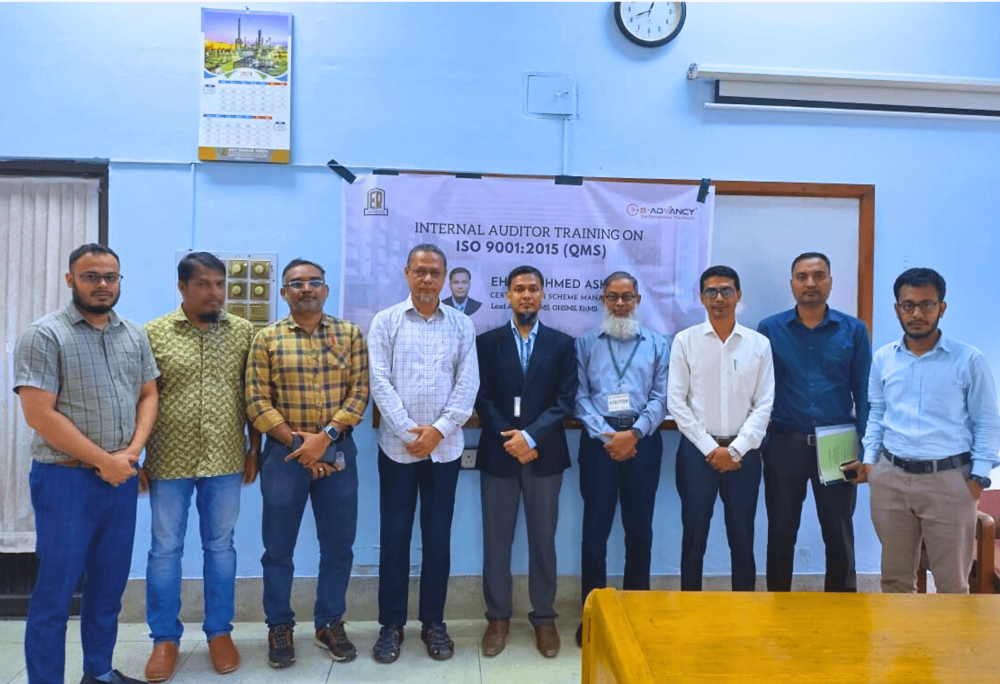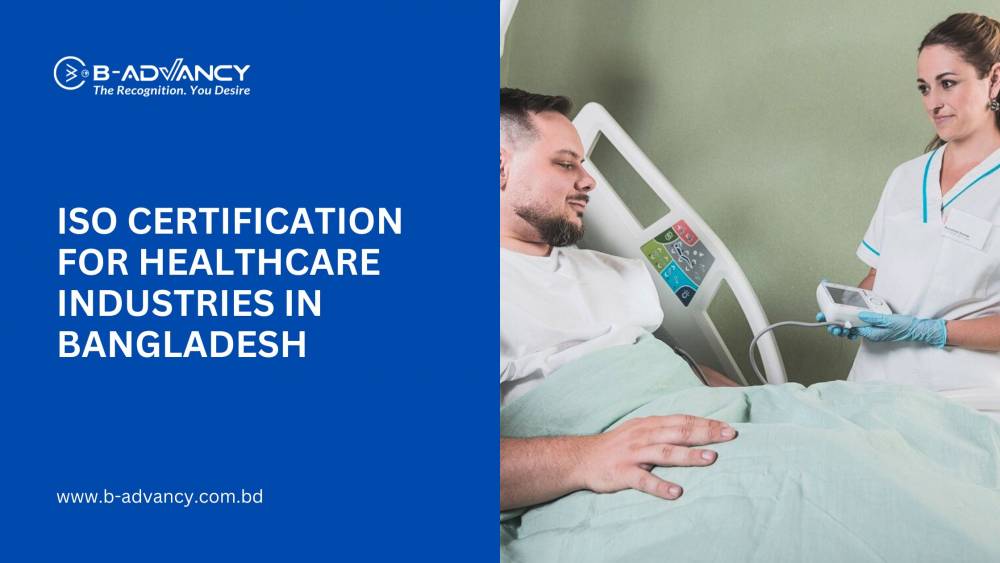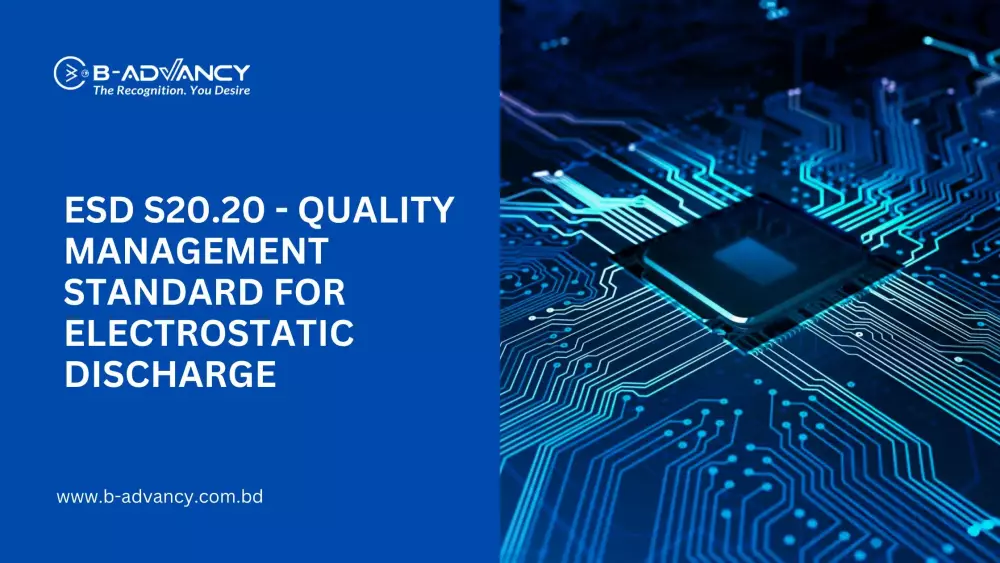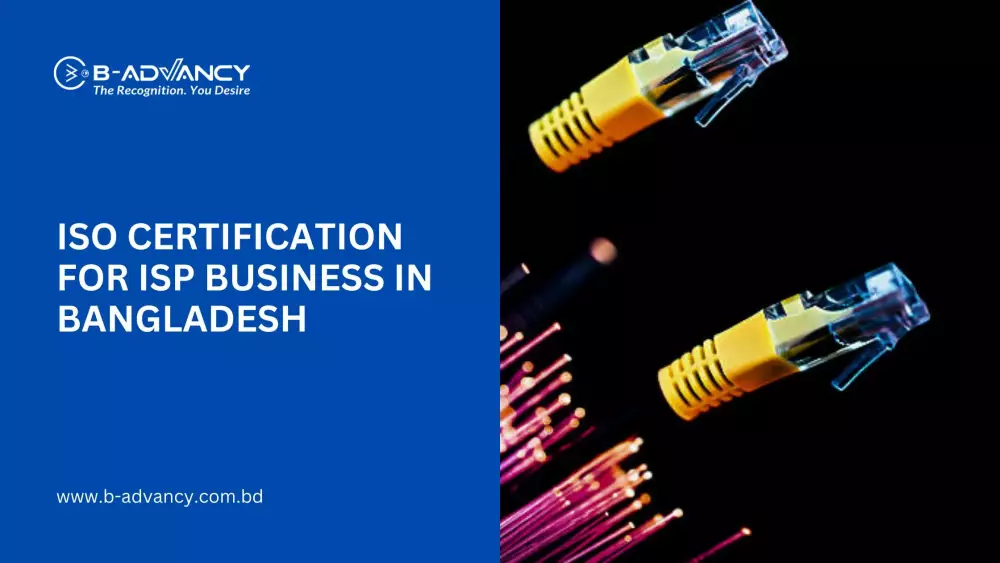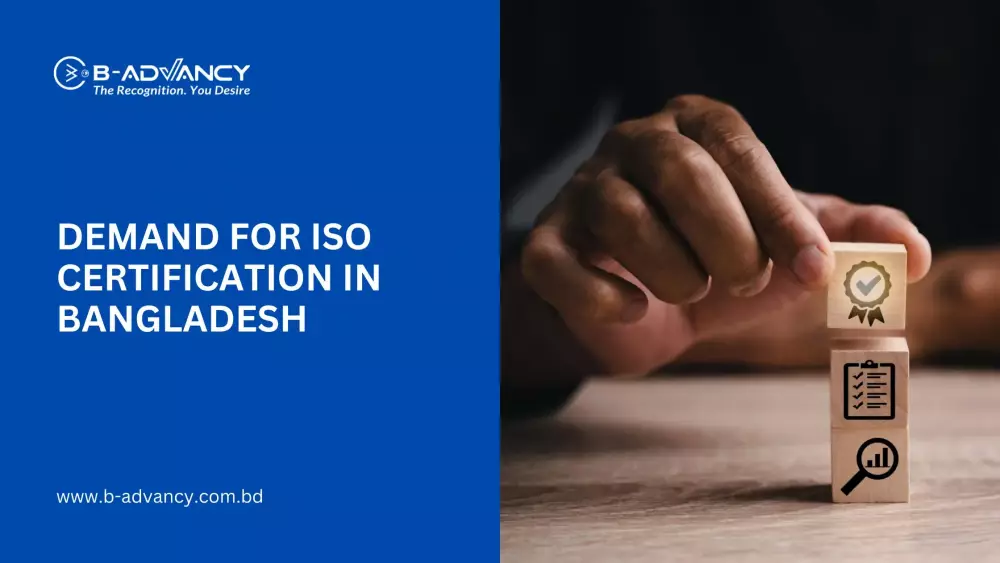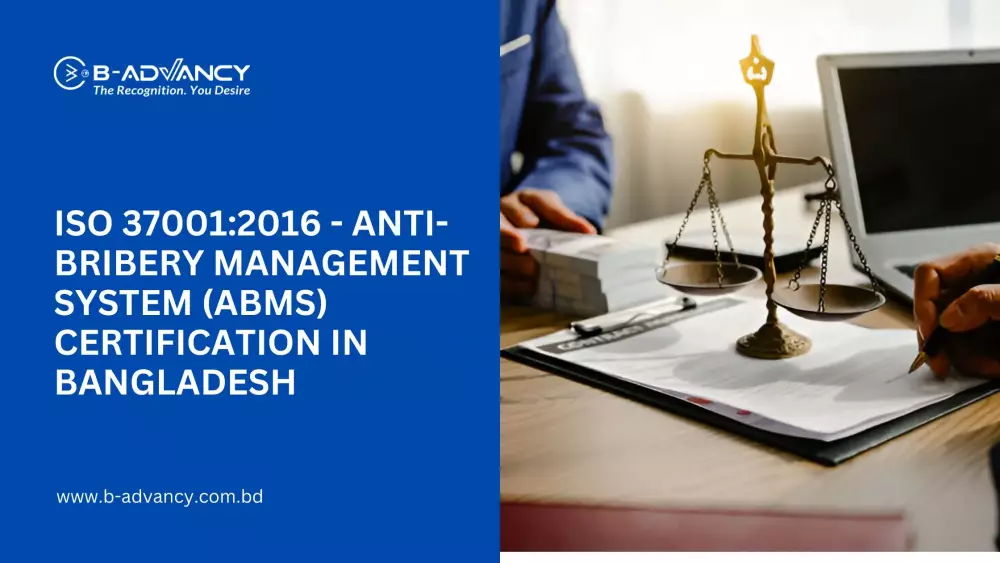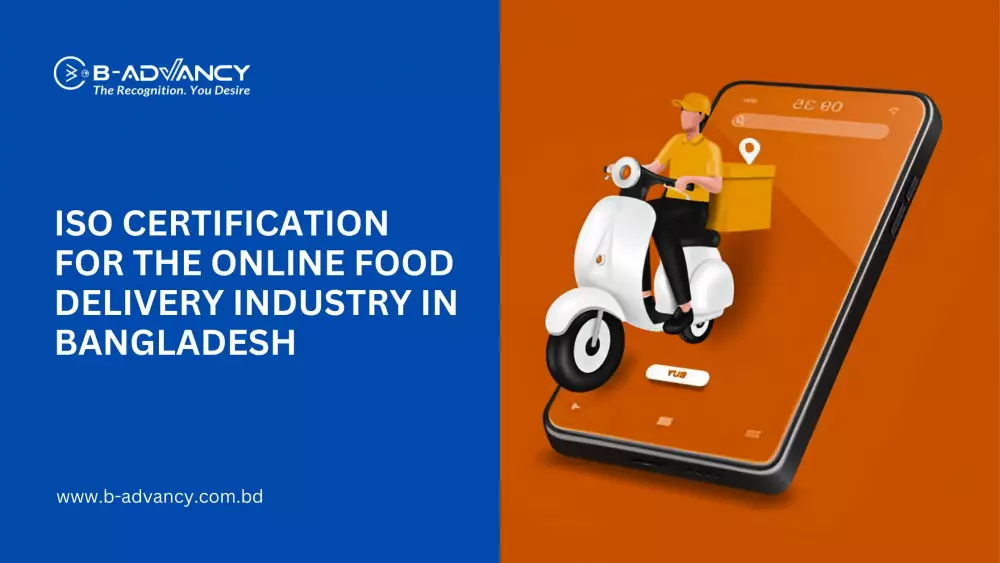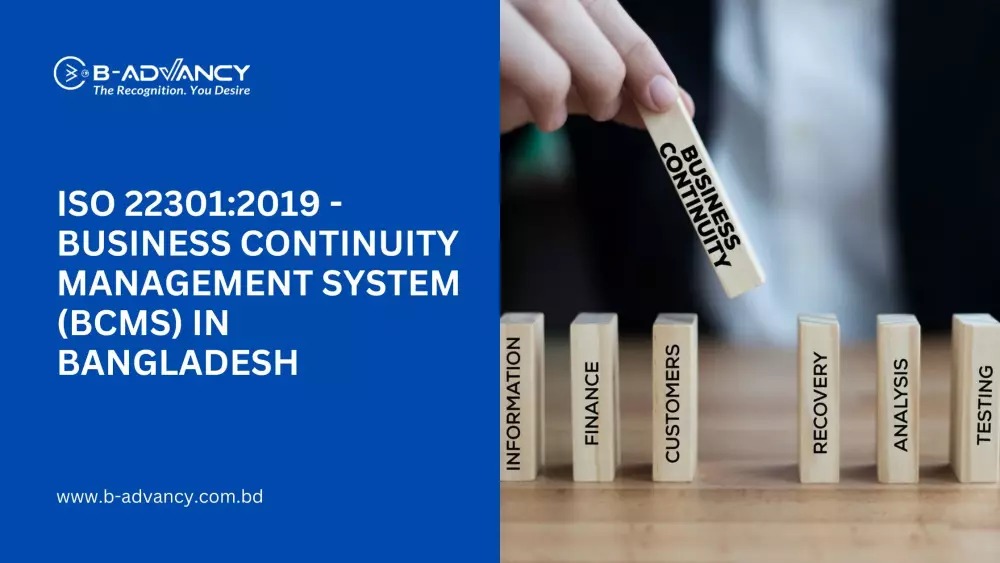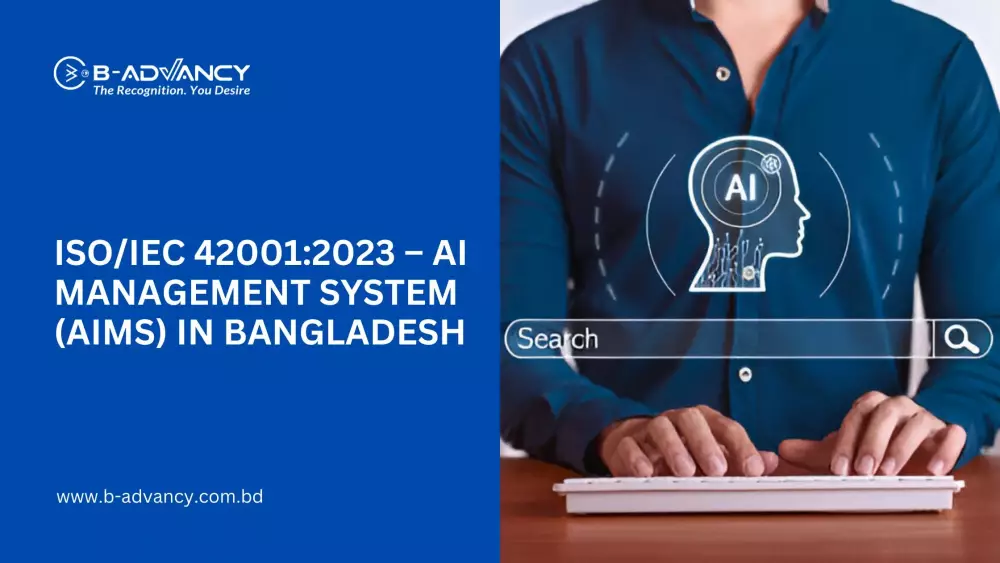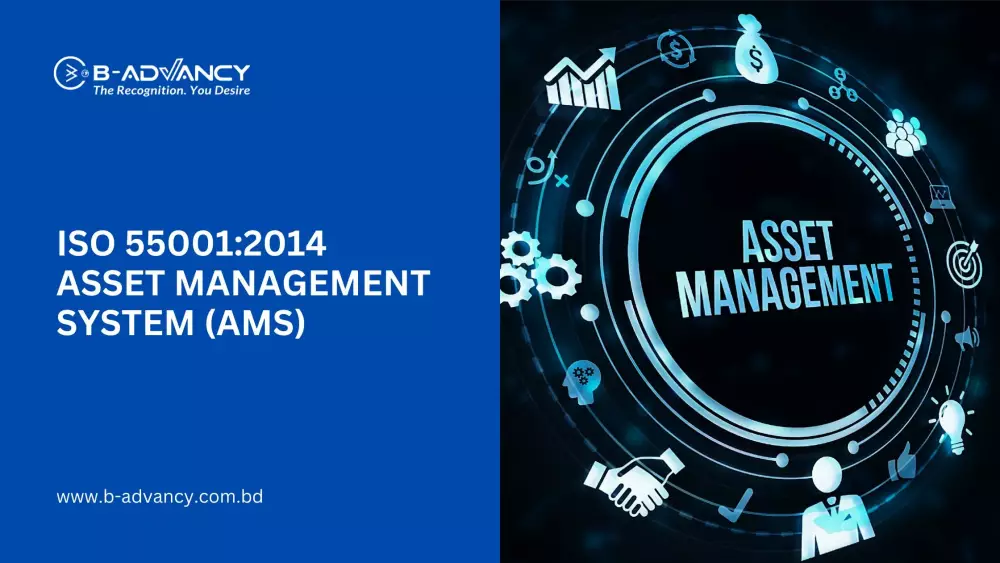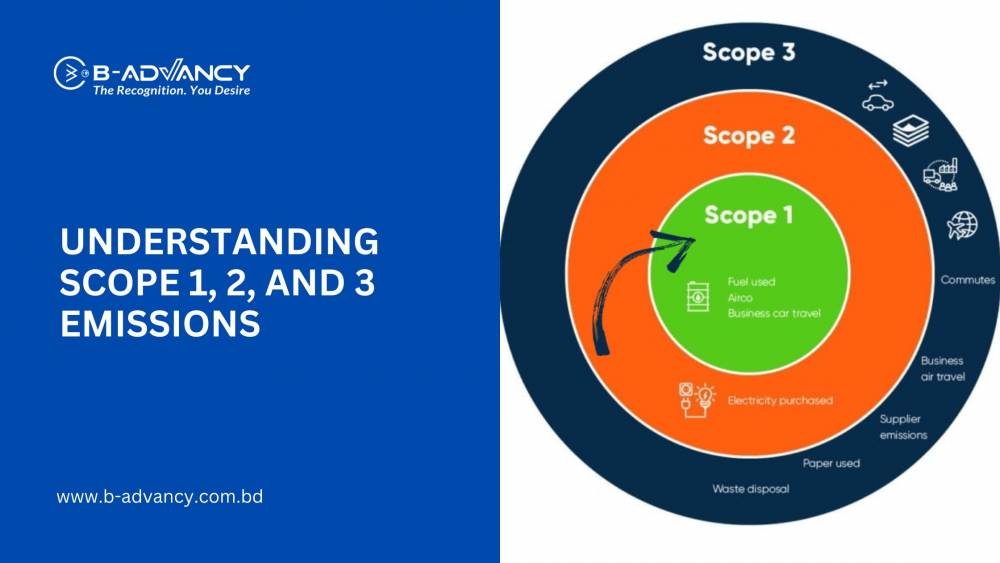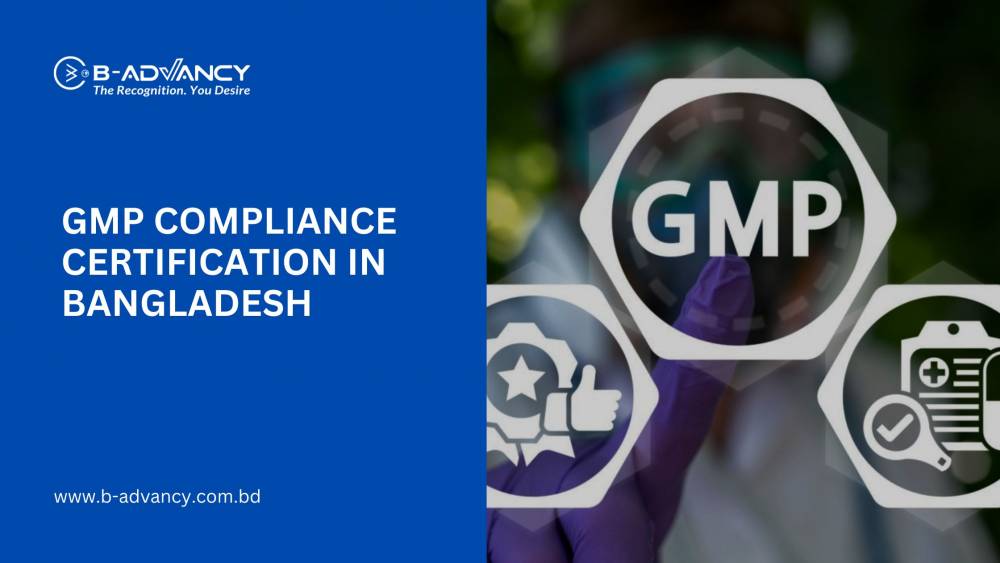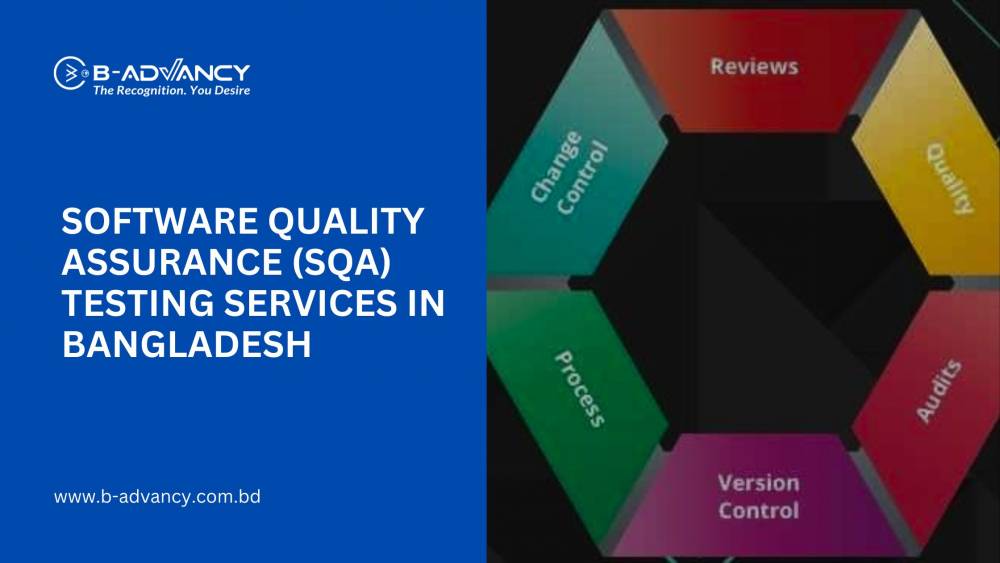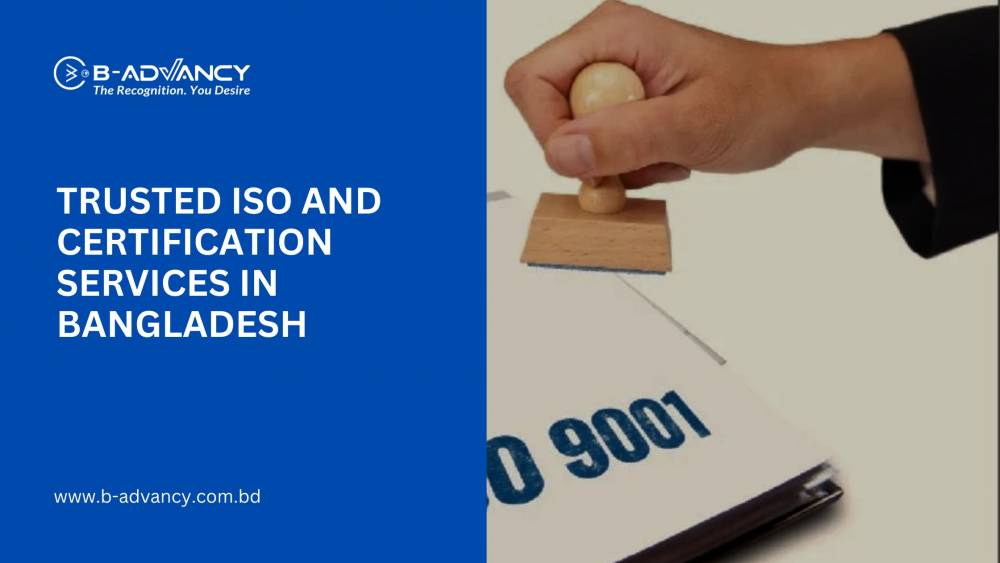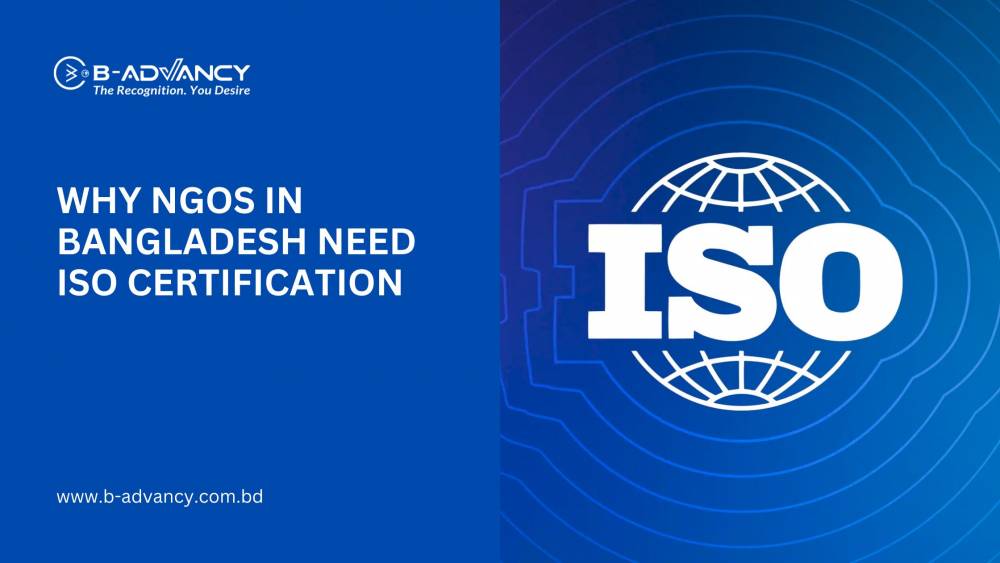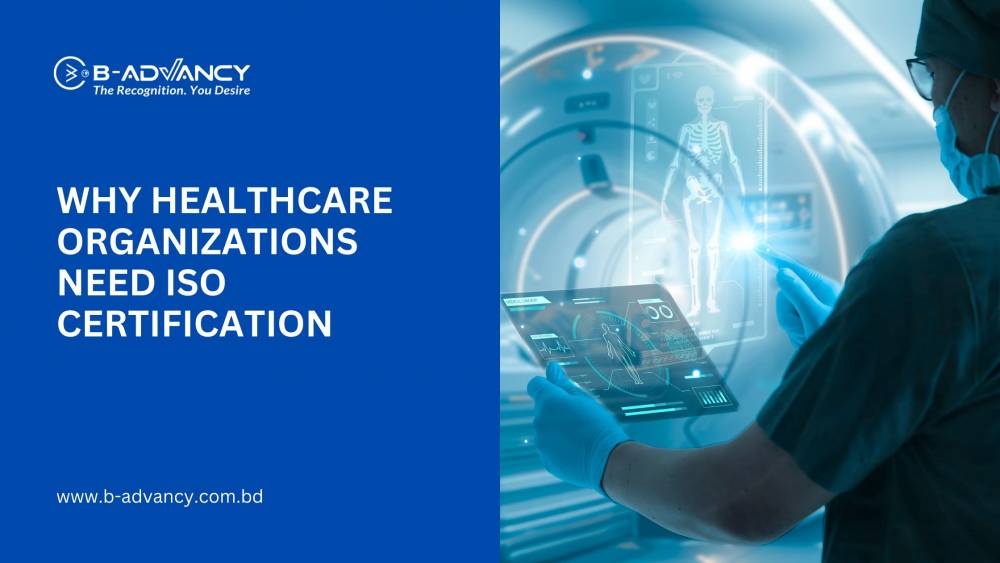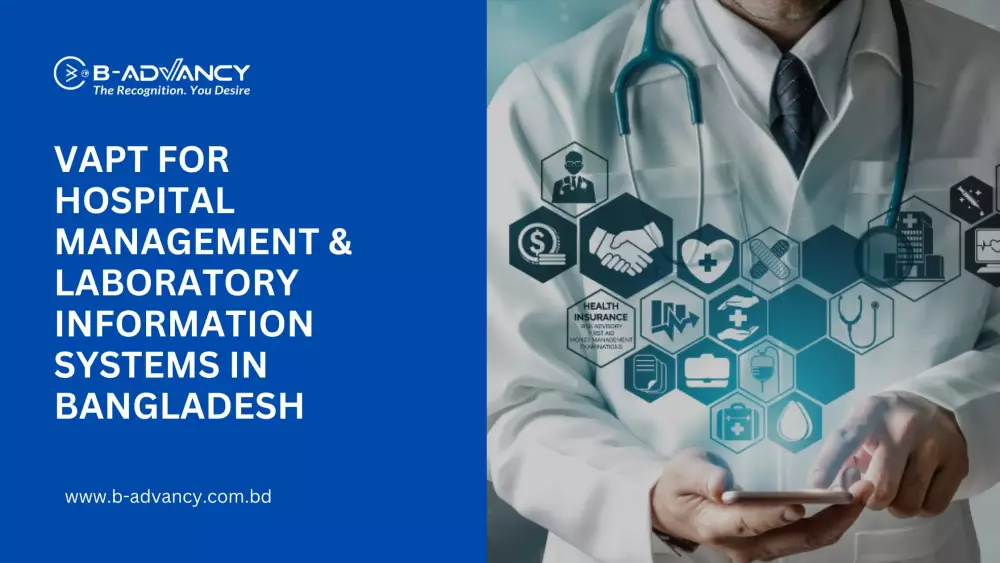I. Introduction
A. Definition of ISO 13485: ISO 13485 is an international standard for medical device quality management systems. It provides a framework for organizations to design, develop, produce, and deliver medical devices that are safe and effective for their intended use.
B. Overview of the Standard and its Purpose: The purpose of ISO 13485 is to ensure that medical devices meet the necessary regulatory requirements and customer expectations. The standard provides a systematic approach to managing the entire life cycle of a medical device, from design and development to production, distribution, and post-market surveillance. By following ISO 13485, organizations can demonstrate their commitment to providing safe and effective medical devices to the market and enhance their competitiveness in a global marketplace. Additionally, the standard can also help organizations meet regulatory requirements and avoid costly product recalls and lawsuits.
II. Benefits for Organizations
A. Improved Quality Management System: Implementing ISO 13485 helps organizations establish and maintain a robust quality management system that is specifically tailored to the medical device industry. This results in improved processes and procedures, better control of product quality, and reduced risks of non-compliance and product failures.
B. Enhanced Customer Satisfaction: By following ISO 13485, organizations can demonstrate their commitment to providing safe and effective medical devices to their customers. This enhances customer satisfaction and builds trust in the organization and its products.
C. Increased Market Access: Many countries have specific requirements for medical device quality management systems, and ISO 13485 can help organizations meet these requirements. Additionally, by demonstrating their commitment to quality and regulatory compliance, organizations can increase their access to global markets and increase their competitiveness.
D. Better Regulatory Compliance: ISO 13485 is recognized by regulatory authorities worldwide as the standard for medical device quality management systems. By following the standard, organizations can demonstrate their commitment to regulatory compliance and avoid costly product recalls and lawsuits. Additionally, following ISO 13485 can help organizations reduce their time and resources spent on regulatory inspections and audits, freeing up time for other important activities.
III. Benefits for Customers
A. Improved Product Safety and Effectiveness: By following ISO 13485, organizations are able to design, develop, and produce medical devices that are safe and effective for their intended use. This helps ensure that customers receive high-quality products that meet their needs and expectations.
B. Enhanced Confidence in the Product: By purchasing medical devices from organizations that have been certified to ISO 13485, customers can have confidence in the quality of the products they receive. This helps build trust in the organization and its products, which can lead to repeat business and positive recommendations to others.
C. Better Traceability and Documentation: ISO 13485 requires organizations to maintain complete and accurate records for all aspects of their medical device products, including design, development, production, and distribution. This improved traceability and documentation helps ensure that customers receive products that have been manufactured in compliance with applicable regulations and standards. Additionally, the improved documentation helps organizations more easily track and identify potential issues, allowing them to quickly resolve any problems that may arise.
IV. Benefits for Employees
A. Improved Working Conditions: By following ISO 13485, organizations are able to provide their employees with a safe and controlled working environment that helps protect their health and well-being. This improved working conditions can lead to increased job satisfaction and lower turnover rates.
B. Enhanced Safety Culture: Implementing ISO 13485 helps organizations establish a strong safety culture, where the priority is the health and well-being of employees, customers, and the general public. This enhanced safety culture helps ensure that employees are aware of the importance of their role in maintaining the quality and safety of medical devices.
C. Better Training and Development Opportunities: By following ISO 13485, organizations can provide their employees with opportunities for training and development. This helps employees improve their skills and knowledge, which can lead to improved job performance and job satisfaction.
V. Implementation and Certification
A. Steps for Implementing ISO 13485: The process of implementing ISO 13485 in Bangladesh involves several steps, including identifying the scope of the quality management system, conducting a gap analysis, developing and implementing policies and procedures, and establishing a system for ongoing improvement. Organizations may also need to make changes to their processes, procedures, and technology to ensure compliance with the standard.
B. The Certification Process: Certification to ISO 13485 involves a third-party assessment of the organization's quality management system to determine if it meets the requirements of the standard. Organizations that pass the assessment are granted certification, which demonstrates their commitment to quality and regulatory compliance.
C. Ongoing Maintenance and Improvement: Implementing ISO 13485 is an ongoing process, and organizations must continuously monitor and improve their quality management system to maintain their certification. This may involve regular internal and external audits, as well as implementing corrective and preventive actions as needed. By maintaining their quality management system, organizations can continue to provide safe and effective medical
VI. Conclusion
In conclusion, ISO 13485 provides numerous benefits for organizations, customers, employees, and the wider medical device industry. By implementing the standard, organizations can improve their quality management systems, enhance customer satisfaction, increase market access, and meet regulatory requirements. Customers can benefit from improved product safety and effectiveness, enhanced confidence in the product, and better traceability and documentation. Employees can benefit from improved working conditions, an enhanced safety culture, and better training and development opportunities.
B. Final Thoughts and Recommendations: Implementing ISO 13485 can be a significant undertaking, but the benefits are well worth the effort. Organizations that are committed to providing safe and effective medical devices and meeting regulatory requirements should consider implementing the standard. Additionally, organizations that have already implemented ISO 13485 should regularly review and improve their quality management systems to ensure they continue to meet the needs of their customers, employees, and the wider medical device industry.

